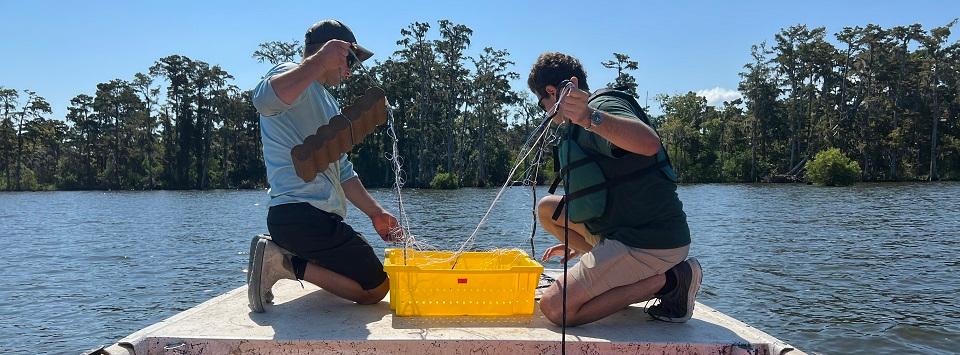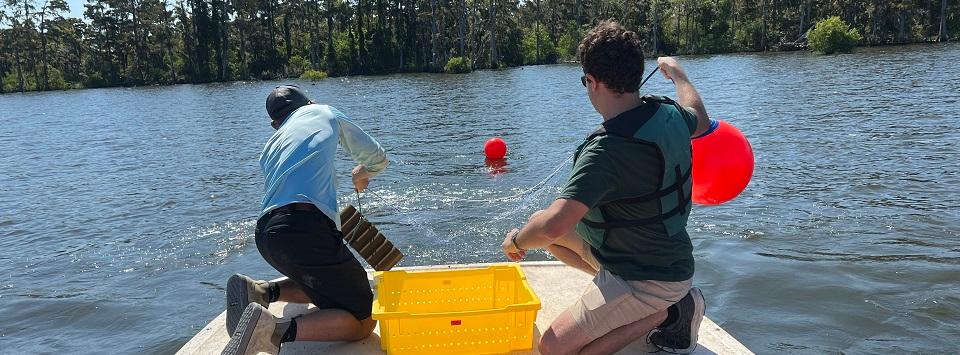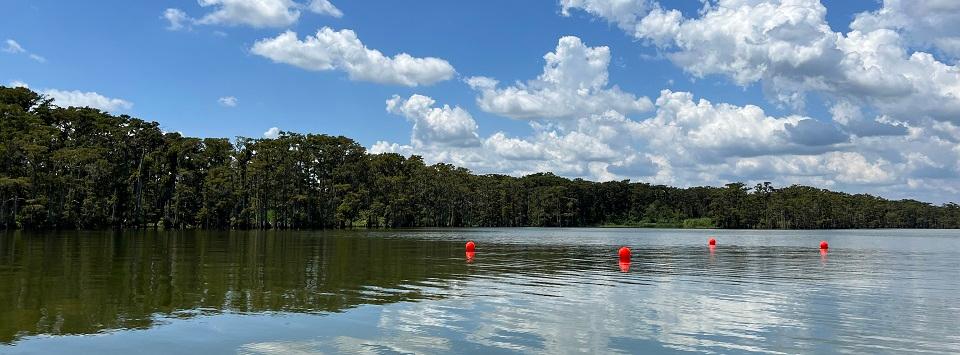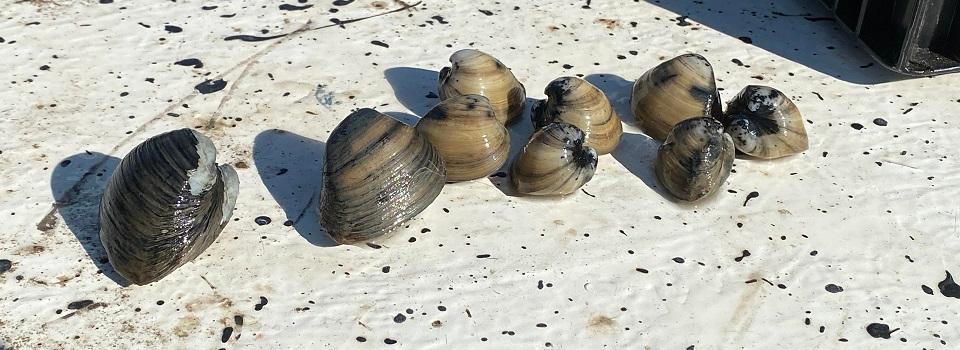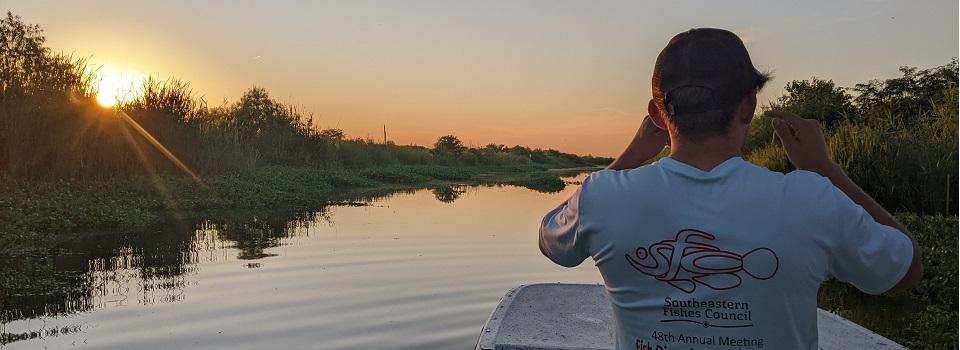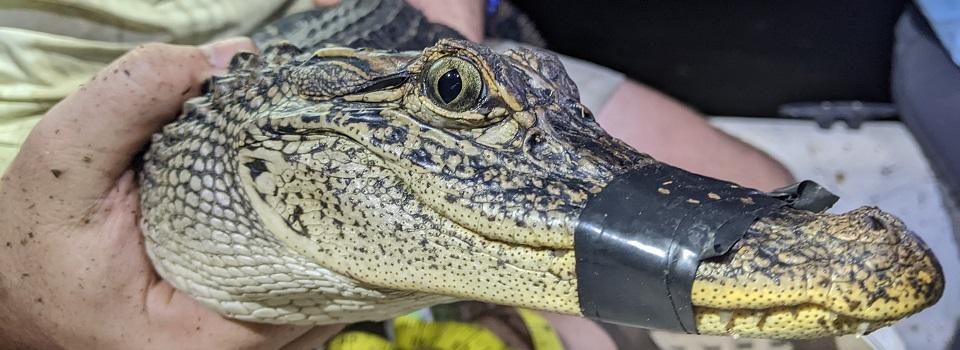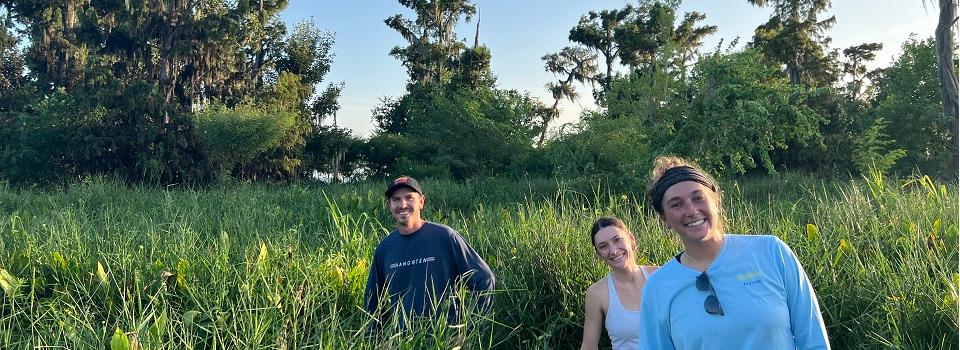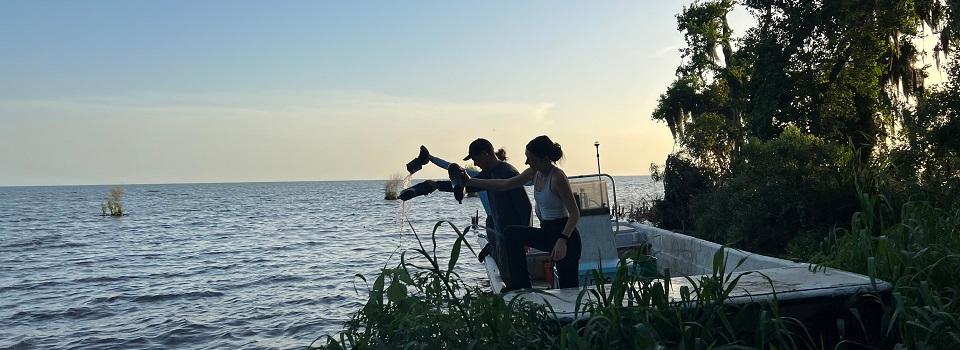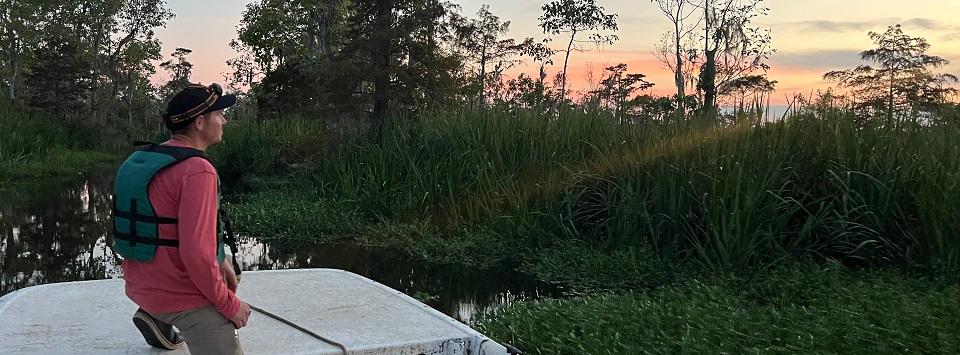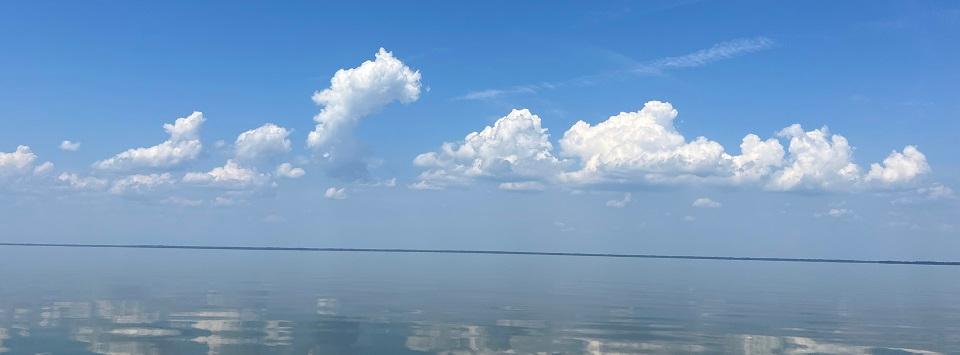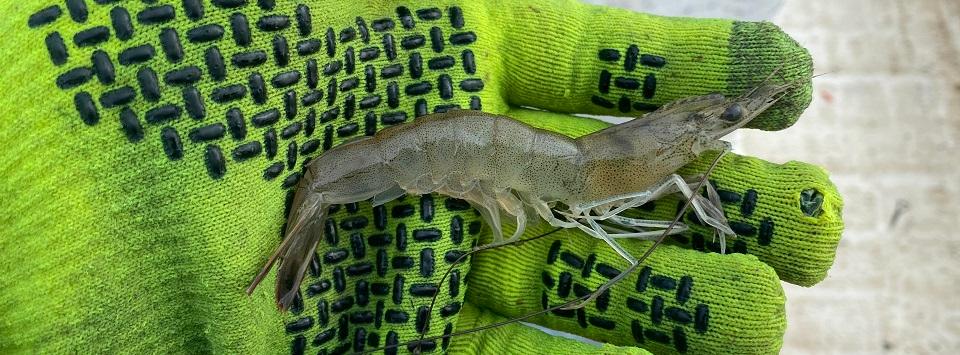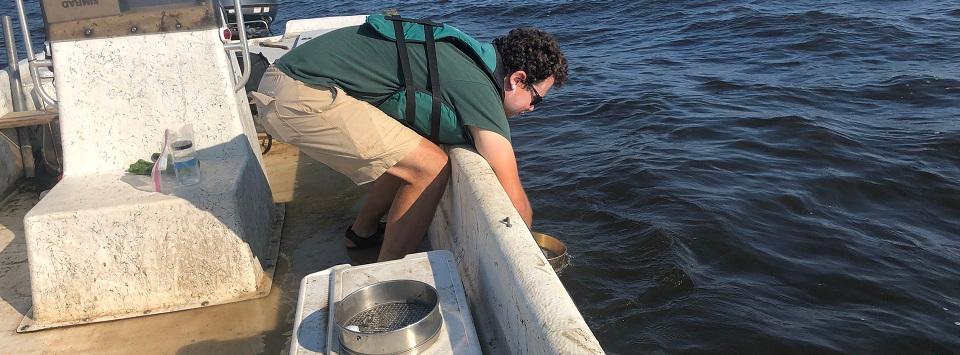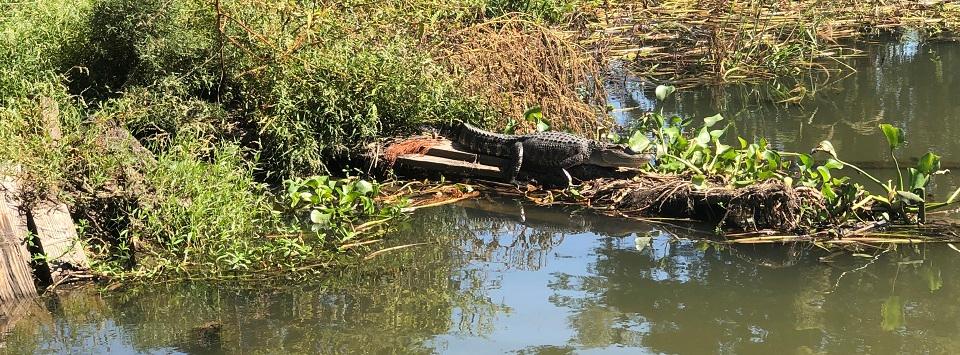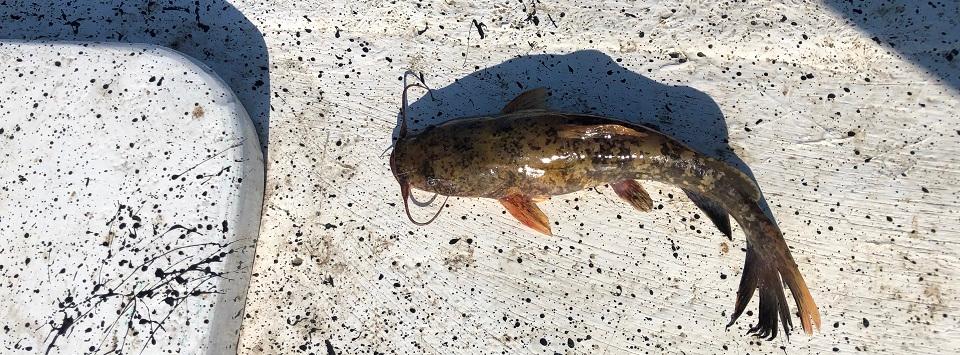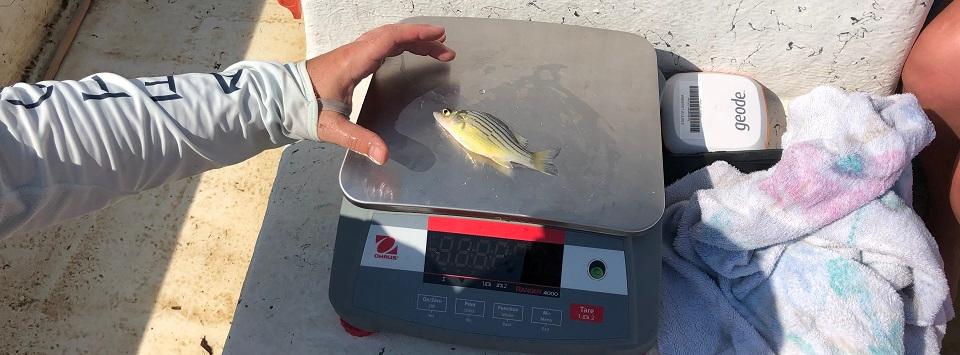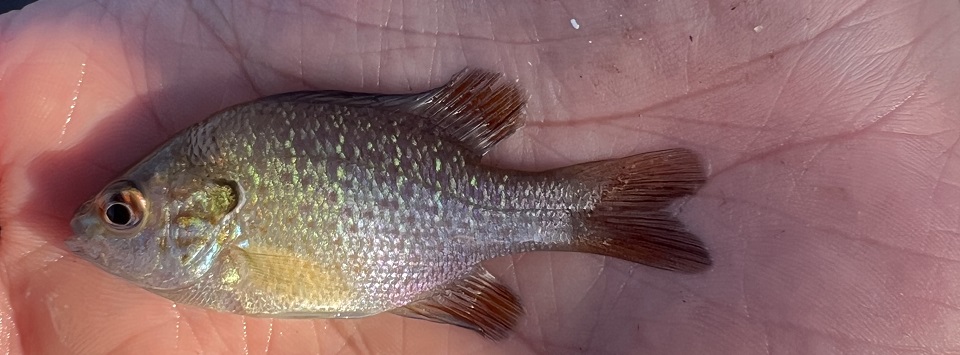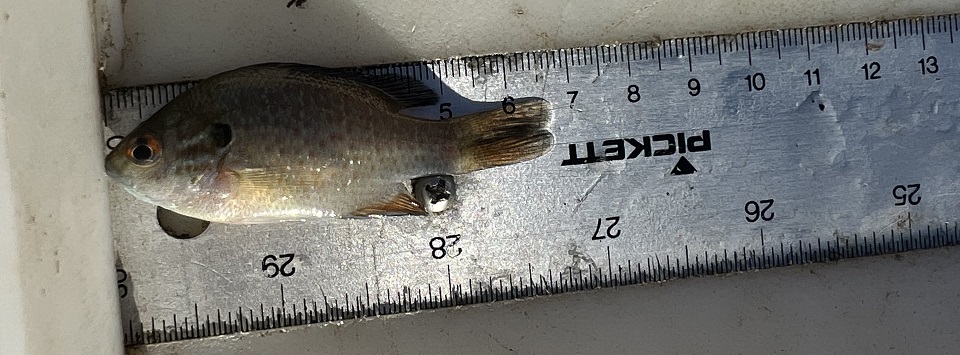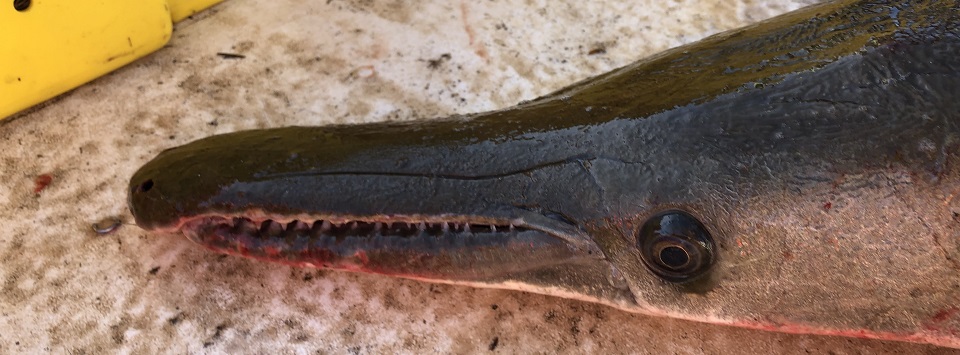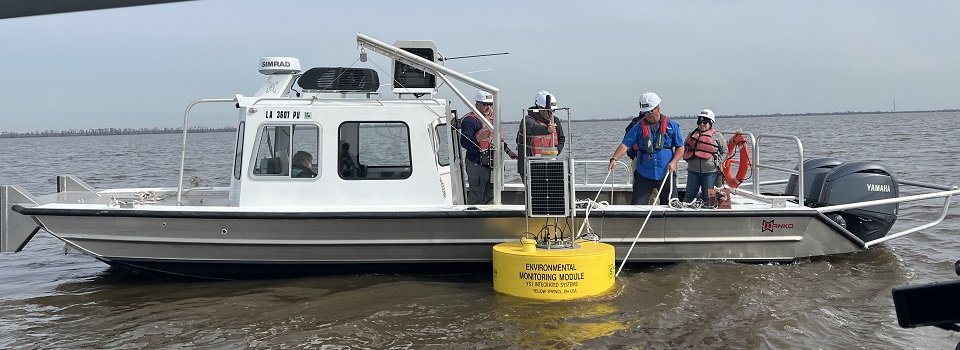Lake Maurepas Monitoring Project
The overall goal of this project is to conduct a monitoring study in the Lake Maurepas ecosystem, focusing on both the abiotic and biotic components of the lake and surrounding region. Southeastern Louisiana University is serving as the independent monitoring group and will gather baseline data within the aquatic and wetland realms prior to the initiation of any future carbon sequestration projects in Lake Maurepas. In the interest of maintaining transparency, our data will be posted on this project website and will remain open access and available to the general public. The specific focal areas of the project are as follows:
Southeastern's Role
-
Four monitoring buoys will be deployed in Lake Maurepas with each buoy gathering data in real time including water temperature, dissolved oxygen, pH, carbon dioxide, and turbidity. One buoy will be fit with a weather station to monitor atmospheric conditions. All data will be available on a Southeastern webpage.
-
Fishes, shrimp, blue crabs, and Rangia clams will be collected and abundance will be quantified. Lengths and weights of each species will be gathered to assess condition/health. Species richness and diversity statistics will be compared across sampling periods.
-
Environmental DNA (eDNA) samples will be gathered and will provide a comprehensive assessment of fish species diversity.
-
Twelve wetland sites will be permanently established and vegetation growth and changes in canopy cover will be monitored. Soil salinity, nutrient levels, bulk density, and percent organic matter also will be monitored.
-
At least 2,000 cypress saplings will be planted each year.
-
Physiological stress, ecotoxicological metrics and organismal gas gradients in blue crabs, bullfrogs, catfishes, and alligators will be monitored.
-
Alligator nesting and egg viability will be monitored in Lake Maurepas WMA annually. The Maurepas alligator population will be monitored demographically (population size, growth rate, error, survivorship) via mark-recapture analysis.
-
Sediments and suspending sediments will be gathered from dredged and non-dredged areas in Lake Maurepas. Multiple point measurements will be gathered weekly using a Ponar dredge monitoring device. Chemical analyses will be conducted on the waters, suspended sediments, and organisms from the lake.






